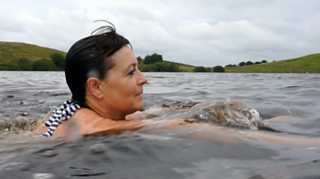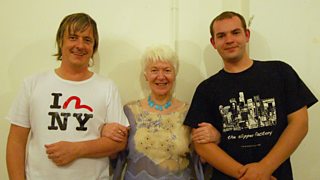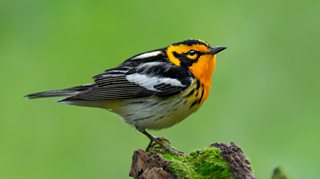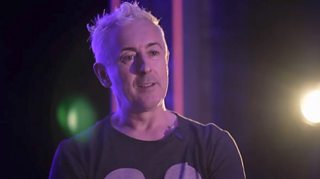7 major changes on the Isle of Skye since legendary ±«Óãtv journalist Richard Dimbleby went over the sea in 1954
8 September 2017
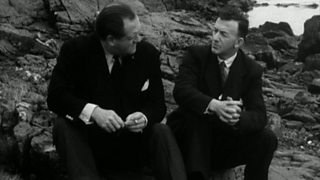
In 1954, Richard Dimbleby and a ±«Óãtv film crew visited the Isle of Skye to record an episode of the early British television series About Britain.
In the programme, he gave viewers an insight into life on the island, meeting local characters and gaining an understanding of the lifestyle and culture of islanders.
The key themes uncovered by the programme demonstrate how much much life on Skye has changed over the last 60 years.
No more waiting for the ferry
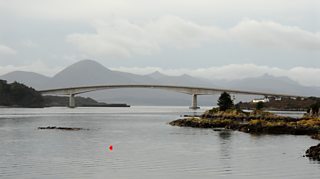
The lyrics of the famous song tell of sailing over the sea to Skye.
But most visitors now arrive on the island by .
If you still dream of crossing the water, that option is still available if you go to Mallaig.
From there you can on the south of the island.
There are now helicopters that can help with tricky mountain rescues and save lives

In 1954 the mountain rescue team had to do it all themselves and the only technology they had were telephones — landlines, of course!
.
These days, the team of volunteers receive regular training in skills such as first aid, navigation, rope-work, working with helicopters and winter mountaineering.
The population has risen

The population was in decline when Dimbleby visited in 1954, with just 8,000 living on the island.
But that trend stopped and the population is now around 10,000.
Even more incredibly, the population is said to jump to 66,000 in the summer tourist peak. More on that below.
Tourism has become so big it’s causing problems

Skye attracted tourists, even back in 1954.
.
Quiet Sundays
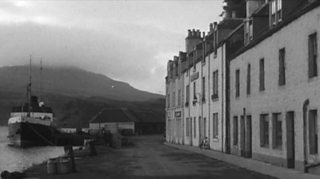
Unlike the systems in England and Wales, Scottish law has always allowed Sunday trading.
Observing the Sabbath has therefore been a cultural decision.
In 1954, Sundays on Skye were quiet. But over the years there has been a change that means there’s often little difference between Sunday and any other day of the week.
Sabhal Mòr Ostaig: Skye’s Gaelic college

Dimbleby saw the importance of Gaelic culture when he went to a ceilidh on the island.
But there’s now a college on the island where people can study and research the language.
It has around 90 full-time students as well as .
Industries have come and gone and come again
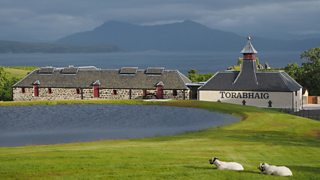
The diatomite mining industry – 1954’s ‘moon shot’ on the value of fossilized algea – .
But other industries, beyond tourism, are developing on the island.
A new distillery has opened at in Sleat, .
Latest features from ±«Óãtv Scotland
-
![]()
'Wild swimming helps me process the grief of losing my son'
The benefits of cold water therapy.
-
![]()
Winter adventures are appealing, but an expert advises caution
Trips in winter require particular knowledge and skills.
-
![]()
The rescuers: Why volunteers risk their lives in mountain emergencies
Landward meets members of the Cairngorm Mountain Rescue Team.
-
![]()
‘Look for the light’ – practical tips to help you through another winter with SAD
Useful advice and tips to combat low moods at this time of year.
-
![]()
How you could be a binge drinker without even knowing
Binge drinking is classed as fewer units than many people may realise.
-
![]()
How chocolate biscuits and drama classes helped one man leave prison behind
The healing power of creativity.
-
![]()
'When people believe in you, it’s life-changing'
Author Graeme Armstrong revisits the man who helped turn his life around.
-
![]()
The 'breath-taking' display of US birds swept on to British soil
Recent storms have brought rare birds to our shores.
-
![]()
Six things we learned about Alan Cumming on Take the Floor (Spoiler: includes accordions)
The actor spoke to Take the Floor's Gary Innes.
-
![]()
How street gangs trap young men in a dangerous cycle of violence
The almost inescapable pull of life in a gang.
-
![]()
Why stylist Gok Wan believes there's no such thing as bad fashion
The fashion expert says we should stop following rules and do what feels right.
-
![]()
Is sending a CV still the right way to apply for a job?
They've been central to job applications for years, but are they worth it?
